Sir Joshua Reynolds
(British, July 16, 1723 — February 23, 1792)
Portrait of the Second Earl of Shannon
Sir Joshua Reynolds
(British, July 16, 1723 — February 23, 1792)
-
circa 1759
Oil on canvas
47 x 38 inches -
PROVENANCE
(Presumably) by descent to Henry, 5th Earl of Shannon;
Christie’s London, June 29, 1889, Lot 44, (215 GNS. To the following)With Thomas Agnew and Sons, London, from whom acquired on December 31, 1892 by the following
C. Morland Agnew; sold by his executors on May 1, 1934
With Thomas Agnews and sons, London
With Leggatt Brothers, London
Lady Hague; Sotheby’s London, June 14, 1961, Lot 98 (£1,300 to the following)
With Frost & Reed, London
Anonymous sale; Christie’s London, November 29, 1963, Lot 10 (1,600 GNS. to Boyle)
Anonymous Sale (The Property of a Gentleman); Christie’s London, November 17, 1989, Lot 163
Anonymous sale; Sotheby’s London, April 8 1992, Lot 39
Christie's London, July 3, 2013, Lot 245
Private Collection, California
EXHIBITED
Royal Academy Exhibition of the Works of the Old Masters, 188 [?].
-
Reynolds was the leading English portraitist of the 18th century. Through study of ancient and Italian Renaissance art, and of the work of Rembrandt, Rubens and Van Dyck, he brought great variety and dignity to British portraiture.
Reynolds was born at Plympton in Devon, the son of a headmaster and fellow of Balliol College, Oxford: a more educated background than that of most painters. He was apprenticed in 1740 to the fashionable London portraitist Thomas Hudson, who also trained Wright of Derby. He spent 1749-52 abroad, mainly in Italy, and set up practice in London shortly after his return.
He soon established himself as the leading portrait painter, though he was never popular with George III. He was a key figure in the intellectual life of London, and a friend of Dr Johnson. When the Royal Academy was founded in 1768, Reynolds was elected its first President. Although believing that history painting was the noblest work of the painter, he had little opportunity to practise it, and his greatest works are his portraits.
